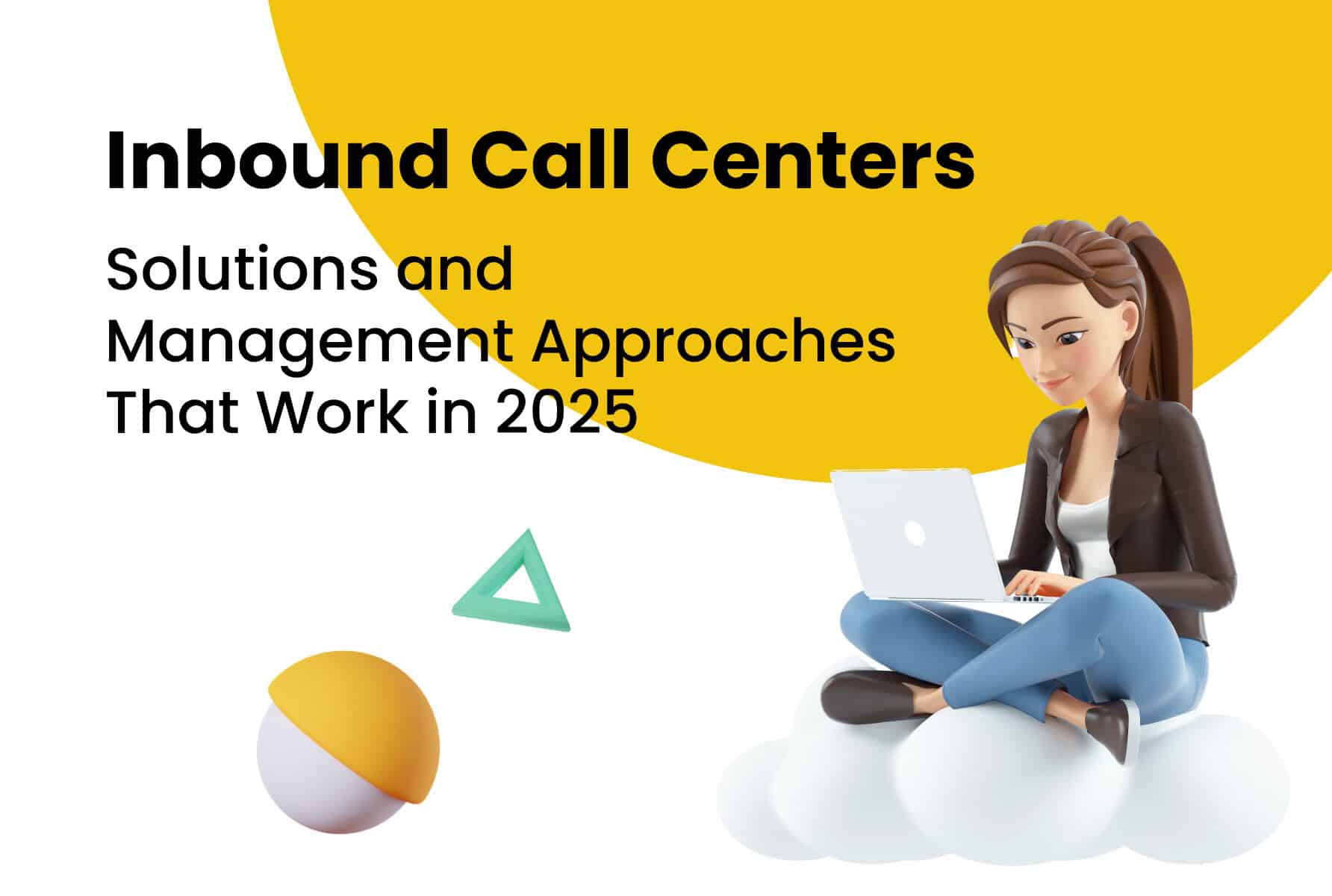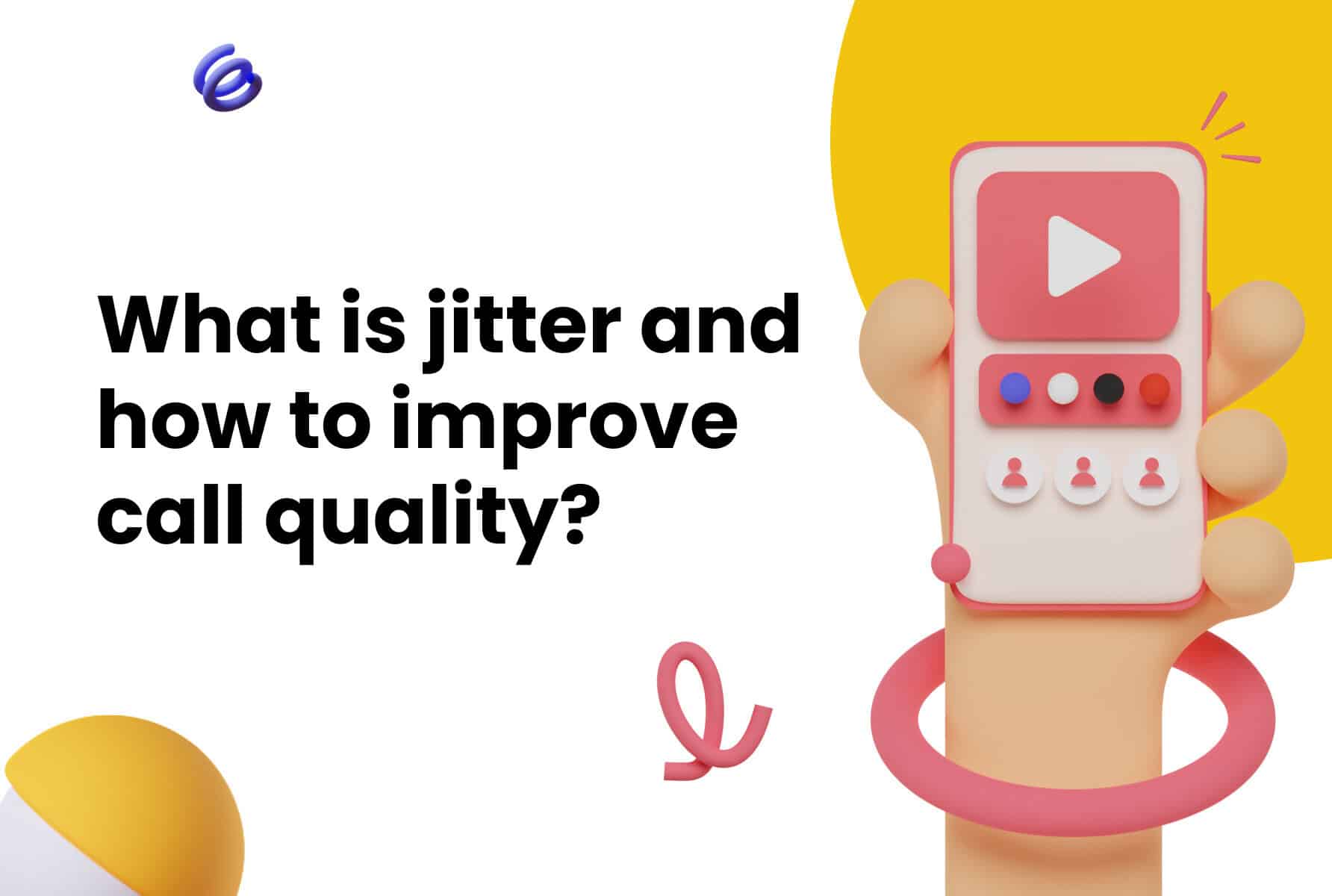If you’re in recruitment, you’ve probably heard of Bullhorn, the go-to CRM for staffing agencies. It’s powerful, intuitive, and purpose-built to help recruiters focus on what they do best—connecting great talent with amazing opportunities. But here’s the thing: even the best tool needs the right setup to work its magic.
That’s where infrastructure efficiency comes in. With streamlined workflows and reduced redundancies, you can save time, cut costs, and boost productivity. Sounds good, right? In this guide, we’ll explore how integrating Bullhorn into your infrastructure can help you get there. From automating tedious tasks to making team collaboration smoother, you’ll learn how Bullhorn integration can be the secret ingredient your business needs.
Why Infrastructure Efficiency Matters in Recruitment

When your recruitment infrastructure is inefficient, everything slows down. Candidates go unnoticed, clients feel overlooked, and your team gets buried in repetitive manual tasks, leaving everyone frustrated and stalling progress.
At its core, recruitment is about people—connecting talent with opportunity. But when your infrastructure is disorganized, it’s harder to focus on what really matters. You’re too busy trying to track emails, update spreadsheets, or manually follow up on applications.
Here’s how Bullhorn integration can help with that:
- Centralized workflows: No more juggling multiple tools that don’t talk to each other.
- Eliminated redundancies: Frees your team from repetitive tasks that slow them down.
- Streamlined operations: Bullhorn makes everything work together seamlessly, ensuring your team is faster and more responsive.
Efficient infrastructure doesn’t just help your team—it improves the experience for your candidates and clients, too. Happy candidates become loyal advocates, and satisfied clients stick around.
Key Benefits of Bullhorn Integration for Recruitment Teams

Bullhorn isn’t just another tool; it’s the foundation of a streamlined recruitment process. Let’s explore its main benefits to see how it transforms recruitment into a more efficient, collaborative, and productive experience.
1. Centralized Candidate and Client Management
Recruitment requires managing both candidates and clients simultaneously. Without a centralized system, this often means jumping between spreadsheets, emails, and CRM tools to track progress and share updates. Not only is this time-consuming, but it also increases the likelihood of missed opportunities or errors.
Bullhorn transforms how your team handles candidate and client data by consolidating everything into one unified platform. Here’s how it works:
- Full Visibility: Recruiters can instantly see where a candidate is in the hiring pipeline, view past interactions with clients, and access crucial notes—all from a single dashboard.
- Improved Collaboration: Because everything is centralized, teams no longer need to email each other for updates or scramble to locate critical information. Everyone has access to the same real-time data, which makes for smoother collaboration.
- Fewer Errors: Manual data entry and disconnected systems often lead to mistakes like duplicate records or lost candidate details. Bullhorn’s integration ensures that all information is automatically synced and up to date.
2. Enhanced Automation
Recruitment has its fair share of repetitive tasks—posting jobs, updating candidate statuses, and sending follow-up emails. These tasks are necessary but take valuable time away from high-value activities like building relationships with clients and candidates.
With Bullhorn, you can:
- Post Jobs Instantly: Create a job listing once and publish it across multiple platforms in seconds. No more copying and pasting the same description into different job boards.
- Track Candidates Automatically: As candidates move through the hiring process, Bullhorn updates their status automatically, so recruiters don’t have to spend hours doing it manually.
- Send Notifications Effortlessly: Whether it’s reminding candidates about an interview or updating clients on a role’s progress, Bullhorn’s automated notifications ensure everyone stays informed without additional work.
3. Real-Time Reporting and Insights
Recruitment success hinges on data. But data is only valuable if you can turn it into actionable insights. That’s why Bullhorn’s real-time reporting features are so powerful—they provide recruiters with the information they need to make smarter decisions, faster.
Here’s what Bullhorn offers:
- Performance Metrics: Track key performance indicators (KPIs) like placement rates, time-to-fill, and candidate pipeline health to see where your team is excelling and where there’s room for improvement.
- Candidate Sources: Discover which job boards or channels bring in the best talent so you can focus your resources on what works.
- Client Feedback: Analyze client interactions and feedback trends to ensure you’re meeting (or exceeding) their expectations.
When you combine all these benefits, the impact is clear: Bullhorn is a system that makes work faster, simpler, and smarter, driving better results and happier teams.
Practical Use Cases of Bullhorn Integration in Recruitment

Talking about features is one thing, but seeing Bullhorn integration in action is another. Here are three practical examples that show how it can make a difference:
Automating Job Postings and Candidate Tracking
Recruiters spend hours posting job ads and monitoring applications. With Bullhorn’s API, you can automate these tasks and reclaim that time.
For example, you could:
- Post a single job ad and have it appear on multiple platforms instantly.
- Automatically update the status of candidates as they move through the hiring process.
- Trigger reminders for follow-ups or interviews without needing to set manual alarms.
This doesn’t just save time—it ensures nothing slips through the cracks.
Seamless CRM and ATS Connectivity
Bullhorn goes beyond the capabilities of an average CRM; it’s a bridge between your CRM and ATS (Applicant Tracking System). When these systems work together, data flows smoothly, keeping everyone on the same page.
Picture this: A candidate applies through your ATS, and their details are instantly synced to Bullhorn. From there, you can manage their progress, update their status, and share information with your team, all without duplicating data.
Streamlined Communication
Recruitment is all about communication. Whether it’s texting a candidate, calling a client, or emailing your team, every interaction matters. Bullhorn integrates with tools like VoIP (Voice over Internet Protocol) and email to centralize all your communication in one place.
See more: What is VoIP?
Need to follow up on a candidate? Instead of searching for their contact details in one app and writing notes in another, you can handle everything directly within Bullhorn. It’s faster, simpler, and way less frustrating.
Steps to Integrate Bullhorn Successfully

Integrating Bullhorn requires careful planning, the right team, and proper training to ensure success. Here’s how to do it the right way—step by step.
Assessing Your Current Infrastructure
Before integrating Bullhorn, it’s essential to evaluate your current recruitment setup. This assessment ensures you identify gaps, address inefficiencies, and create a solid foundation for a smooth transition. Skipping this step could result in compatibility issues, wasted time, and missed opportunities for optimization.
Why It’s Crucial:
- Avoiding Overlap: Many agencies already use tools for communication, data management, and applicant tracking. An assessment helps identify which tools to keep, which to replace, and which features Bullhorn can enhance.
- Data Integrity: If your data is inconsistent, outdated, or full of duplicates, it can cause issues when migrating to Bullhorn. This step ensures a clean slate.
- Process Mapping: Understanding how your team currently works helps you align Bullhorn’s features with your workflows for a smoother transition.
How to Do It:
- Audit Your Tools: List every tool or software your team uses. Are you relying on an ATS, spreadsheets, or email chains? Note what works and what doesn’t.
- Identify Gaps: Pinpoint areas where your team struggles—like slow candidate tracking, poor communication, or redundant manual tasks.
- Talk to Your Team: Get input from recruiters on what tools or processes they find helpful (or frustrating). Their insights are extremely valuable.
- Clean Your Data: Deduplicate records, update candidate and client details, and organize files so they’re ready for migration.
Choosing the Right Integration Partners
Integrating Bullhorn isn’t as simple as flipping a switch—it requires expertise to tailor the system to your agency’s needs. That’s where integration partners come in. The right partner ensures the process is smooth, customized, and ready to deliver real results.
Why It Matters:
- Customization: Recruitment workflows aren’t one-size-fits-all. A skilled partner like CloudCall can tweak Bullhorn’s features to fit your team’s unique processes, saving time and reducing headaches.
- Data Migration Expertise: Transferring data from one system to another is tricky. A good partner ensures no records are lost and everything transfers cleanly.
- Ongoing Support: Integration doesn’t end after setup. You’ll need training, troubleshooting, and updates as your needs evolve.
How to Choose the Right Partner:
- Industry Experience: Look for vendors with a proven track record in recruitment tech and Bullhorn integrations.
- Transparency: Choose someone who lays out a clear plan for timelines, costs, and deliverables. No surprises!
- Flexibility: A partner should be willing to adapt Bullhorn’s features to fit your specific needs—not force you to adjust to the tool.
- Long-Term Support: Ask about their post-integration services, like team training and ongoing troubleshooting.
Questions to Ask:
- “Can you customize Bullhorn for our specific recruitment processes?”
- “How do you handle data migration to prevent downtime or errors?”
- “What kind of training do you provide after implementation?”
Common Pitfalls to Avoid:
- Choosing the Cheapest Option: Saving a few dollars upfront can cost you in the long run if the integration isn’t done right.
- Skipping Background Checks: Always ask for references or case studies to see what a partner has achieved for other recruitment agencies.
- Overpromising: Beware of vendors who claim Bullhorn will solve all your problems without understanding your needs.
Training Your Team
You’ve got the tools and systems in place—now it’s time to make sure your team knows how to use them. Training isn’t just about teaching recruiters which buttons to click; it’s about helping them understand how Bullhorn can make their jobs easier and more effective.
Why It’s Important:
- Maximize Features: Bullhorn is packed with powerful tools like automation, reporting, and candidate tracking. Without training, your team might only scratch the surface of what’s possible.
- Build Confidence: Change can be intimidating. Giving your team hands-on experience with Bullhorn reduces hesitation and builds trust in the system.
- Boost Adoption: If your team doesn’t know how to use Bullhorn effectively, they may fall back on old habits—wasting the investment in integration.
Training Tips for Success:
- Start Early: Introduce Bullhorn to your team during the implementation process so they can familiarize themselves with it before it goes live.
- Make It Hands-On: Theory is great, but nothing beats practical, real-world training. Give your team access to the platform and encourage them to explore its features.
- Focus on Benefits: Show recruiters how Bullhorn can make their day-to-day tasks easier—whether it’s automating follow-ups or providing better client insights.
- Offer Ongoing Support: Training isn’t a one-and-done event. Provide resources like user guides, video tutorials, and a point of contact for questions.
Challenges and Considerations in Bullhorn Integration
No integration is perfect, and Bullhorn is no exception. Here are a few challenges you might encounter and tips for overcoming them:
- Data Migration Issues: Transferring data from old systems can be tricky. Work with a developer who has experience in migration to ensure everything transfers smoothly.
- System Downtime: Plan your integration during a slower period to minimize disruptions. Keep your team and clients informed about what to expect.
- Training Gaps: Provide ongoing support to team members who need extra help. Bullhorn is user-friendly, but a little guidance goes a long way.
Security is another important consideration. Recruitment often involves sensitive data, so prioritize tools and practices that keep your information secure and compliant.
Future Trends in Recruitment Efficiency with Bullhorn

Bullhorn is always evolving, and the future looks bright. Here are some trends to keep an eye out for:
- AI-Powered Candidate Matching: Bullhorn’s AI features can analyze candidate data to predict who might be the best fit for a role, saving you time and improving placement rates.
- Predictive Analytics for Talent Acquisition: What if you could predict which roles will be the most difficult to fill? Predictive analytics gives you that insight, helping you tackle challenges head-on and plan smarter from the start.
- Advanced Reporting and Visualization Tools: Data is only as good as your ability to interpret it. Bullhorn is working on tools that make it even easier to understand and act on your metrics.
Maximizing the Value of Bullhorn Integration for Recruitment Success
Bullhorn isn’t just another piece of software—it’s a practical solution that reshapes how your recruitment team works. By simplifying workflows, automating tedious tasks, and providing real-time insights, it frees up your team to focus on what matters most: creating meaningful connections with candidates and clients.
The key to unlocking its full potential is thoughtful implementation. With a clear plan, skilled integration partners, and a well-trained team, Bullhorn can help you build stronger relationships and achieve better results.
So, if you’re ready to transform your recruitment process and make every placement count, integrating Bullhorn is the next step toward success.




